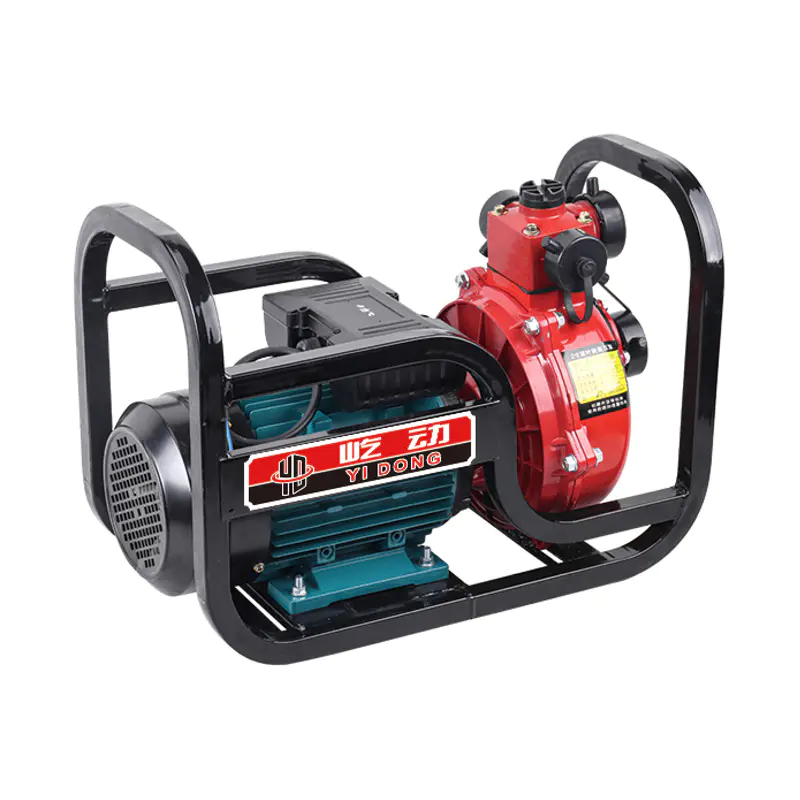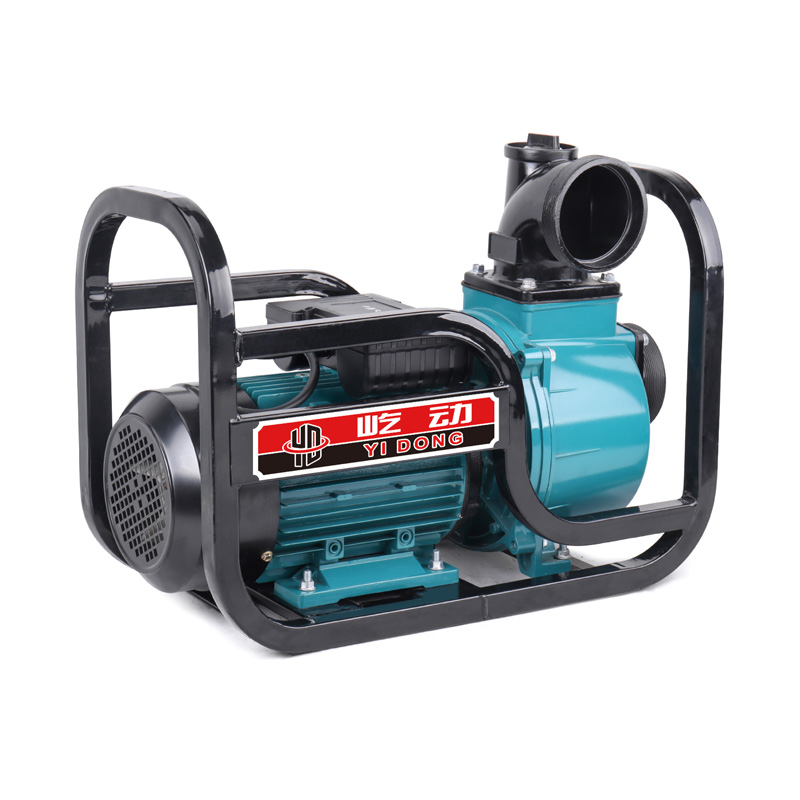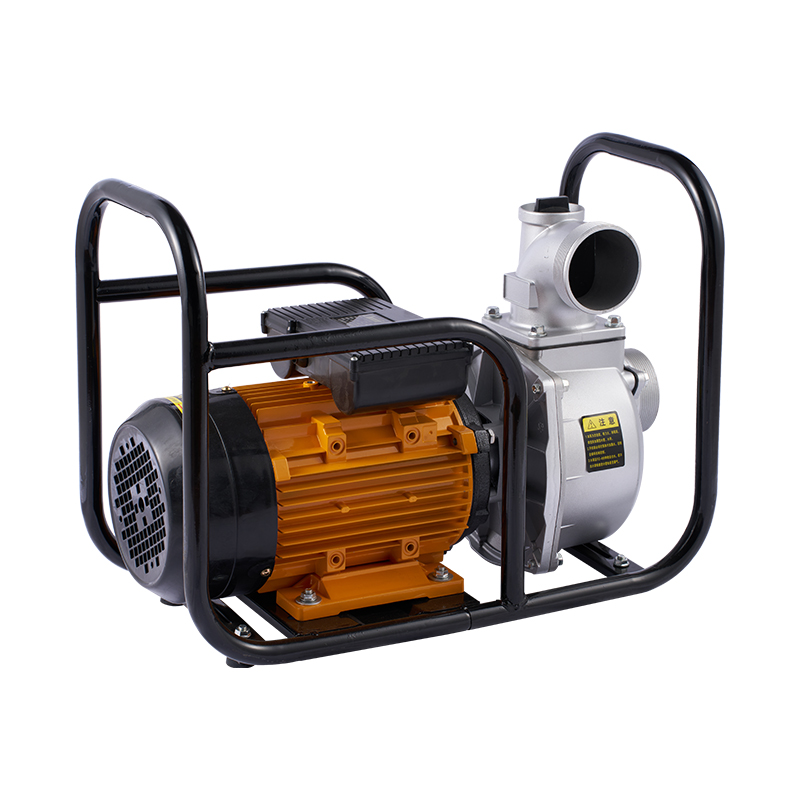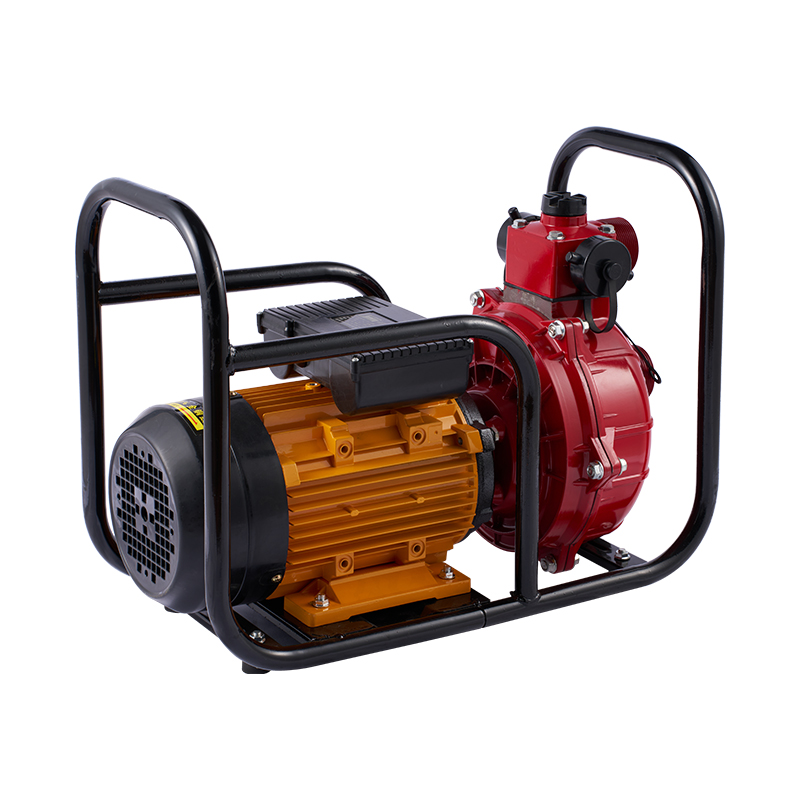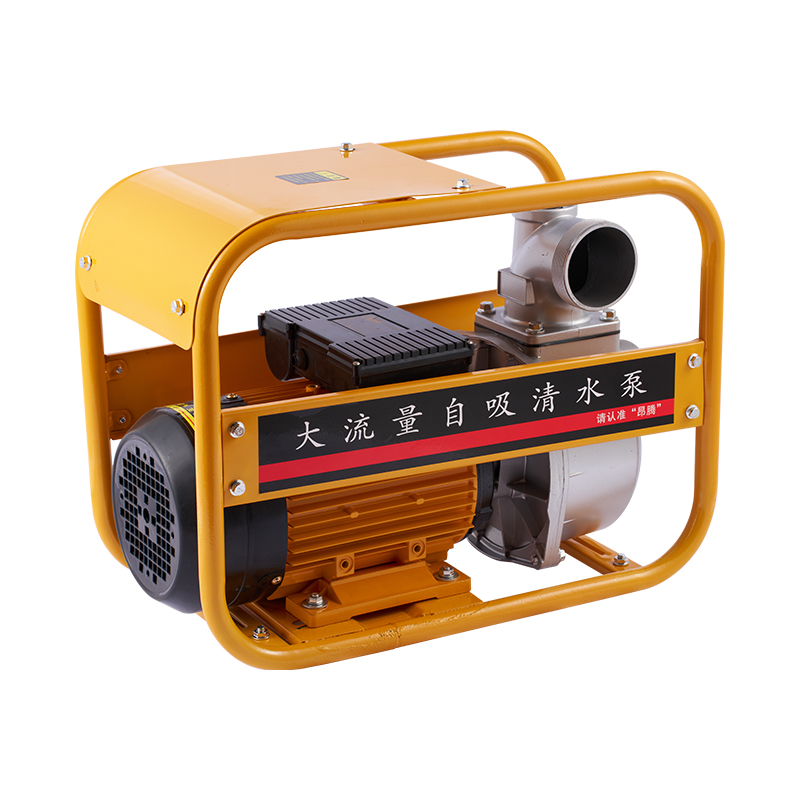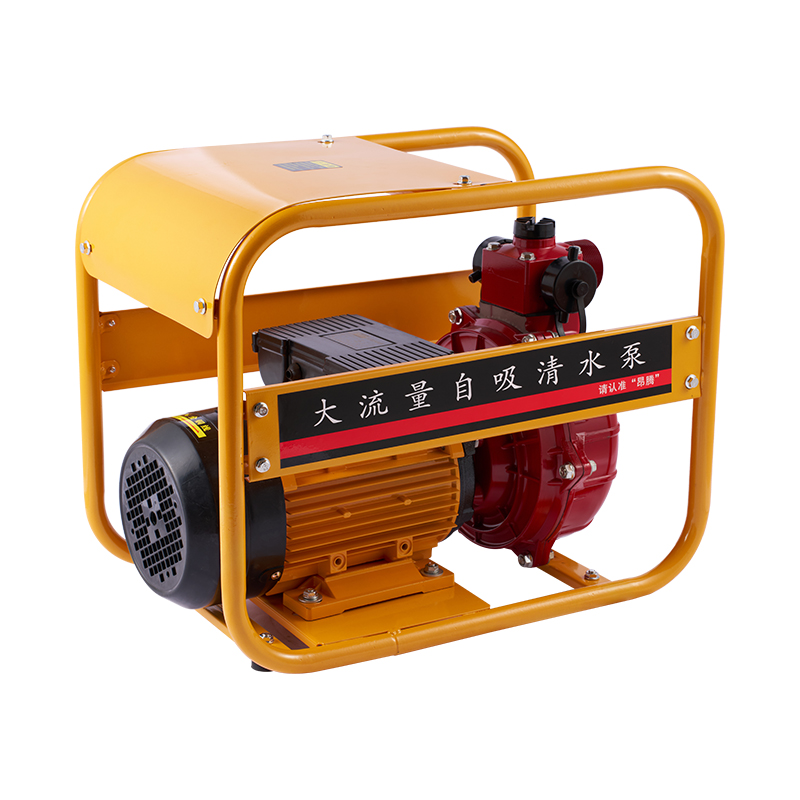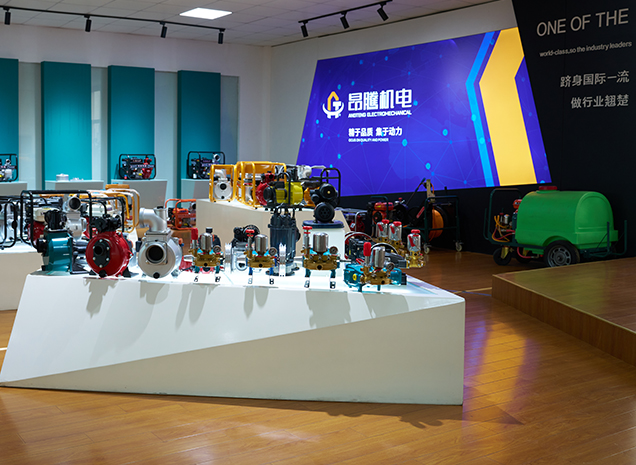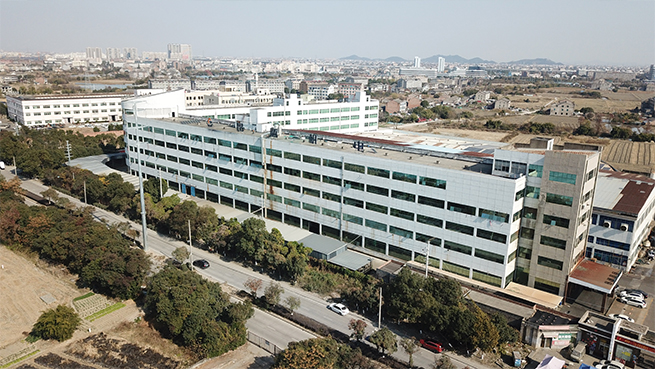What are the advantages of electric water pumps compared to other water pumps?
Electric water pumps offer a range of benefits that make them a preferred choice in many situations. Unlike engine-driven pumps that rely on combustion, electric pumps use an electric motor to power the impeller, differences in operation, control, and integration.
A primary advantage is their operational efficiency. Electric motors convert electrical energy into mechanical movement with very high efficiency, often lower ongoing energy costs compared to fuel-powered alternatives. Furthermore, these pumps are known for their quiet running performance. The absence of combustion noise and the damping effect of being submerged in some applications result in a much quieter operation, which is a significant benefit in residential or noise-sensitive areas.
Electric water pumps also provide a high degree of control. Many models can be equipped with variable speed drives, allowing the flow rate to be precisely matched to demand, which further enhances energy savings and reduces wear. Their clean operation is another notable feature, as they produce no direct emissions at the point of use, making them suitable for indoor installations and environmentally conscious projects. The following table summarizes these key advantages.
|
Advantage |
Description |
|
High Operational Efficiency |
Electric motors directly convert energy with minimal loss, often resulting in lower electricity consumption compared to the fuel costs of engine-driven pumps. |
|
Quiet Running Performance |
The absence of an internal combustion engine and the potential for submersible design significantly lower noise levels during operation. |
|
Precise Control & Automation |
They can be easily integrated with control systems, pressure switches, and variable frequency drives for on-demand operation and system protection. |
|
Clean and Emission-Free Operation |
With no combustion process, these pumps produce no exhaust fumes, making them safe for indoor use and aligned with clean air standards. |
|
Low Vibration |
The balanced nature of the electric motor and impeller assembly results in minimal vibration, contributing to longer system life and reduced noise. |
What are the differences in the power of electric deep well submersible pumps?
The power and performance of electric deep well submersible pumps are not uniform; they are carefully engineered to meet specific requirements based on the well's characteristics and the water demand. The "power" of these pumps is generally understood through a combination of horsepower, flow rate, and pressure, which is directly related to the pump's ability to lift water from a depth and deliver it at a useful rate.
Key differentiators include the pump's horsepower (HP) rating, which indicates the motor's output. However, horsepower alone does not tell the whole story. The pump's design, particularly the number of stages (impellers and diffusers), determines the pressure or "head" it can generate. A pump with more stages can lift water from greater depths. Simultaneously, the pump's hydraulic design dictates its flow rate, which is the volume of water it can deliver per minute or hour. A higher horsepower motor is often paired with a hydraulic end designed for either high flow or high pressure. The following table outlines the common power classifications and their typical applications.
|
Power Classification |
Typical Specifications |
Common Applications |
|
Low-Power / Low-Flow |
0.5 - 1 HP, low to moderate head. |
Providing water for a single residential unit from a shallow to medium-depth well, supplying livestock troughs. |
|
Medium-Power / Standard |
1.5 - 3 HP, capable of higher head and flow. |
Supplying water for large homes, small farms, or irrigation systems from deeper wells, supporting pressure booster systems. |
|
High-Power / High-Flow |
5 HP and above, multi-stage for very high head or high volume. |
Large-scale agricultural irrigation, municipal water supply from deep wells, industrial process water extraction. |
How long does a submersible sewage electric pump last?
The service life of a submersible sewage electric pump can vary significantly, typically ranging from 7 to 20 years. This wide range is due to several factors that influence the pump's operational lifespan. Understanding these factors can help set realistic expectations and implement practices that support long-term performance.
The quality of the pump's construction is a fundamental factor. Pumps built with corrosion-resistant materials like cast iron or stainless steel components generally have a longer service life, especially when handling aggressive sewage. The operational duty cycle is also critical; a pump that runs continuously or cycles on and off very frequently will experience more wear than one used intermittently. Furthermore, the nature of the sewage being pumped plays a major role. Pumps handling raw sewage with high solid content and potential abrasive materials will naturally wear faster than those pumping relatively cleaner effluent. Proper installation and power supply are also vital, as issues like voltage fluctuations or poor wiring can premature motor failure. The table below outlines key factors and their impact on pump longevity.
|
Factor |
Impact on Lifespan |
|
Construction Quality & Materials |
Pumps with corrosion-resistant housings, hardened impellers, and seals are better equipped to withstand the demanding sewage environment, extended service life. |
|
Operational Duty Cycle |
Pumps subjected to continuous operation or very frequent start-stop cycles experience more mechanical and electrical stress, which can reduce their overall lifespan. |
|
Sewage Composition & Abrasives |
The presence of sand, grit, and other non-biodegradable solids is abrasive to the impeller and volute, accelerating wear. Grease and rags can cause clogging and strain. |
|
Installation & Maintenance |
Correct installation, including a proper check valve and clean power supply, combined with periodic inspections, can prevent many common issues and support long-term reliability. |



 English
English русский
русский Français
Français Español
Español عربى
عربى